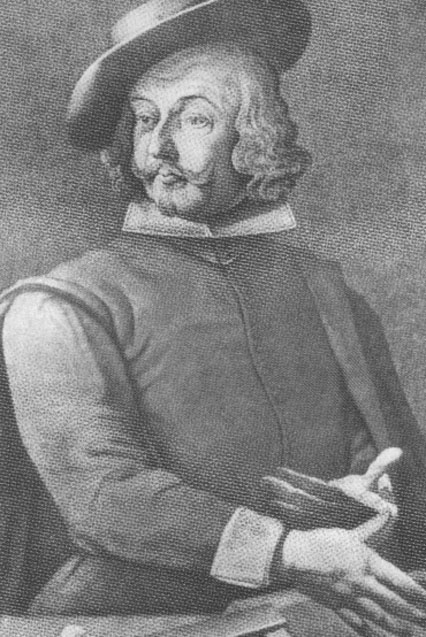The Expulsion of the Anabaptists – Přibice
Fact of the Czech figure „Religion and violence”
Part of the „Religious tolerance and intolerance” topic
Under the influence of the Reformation, religious groups emerged within the Holy Roman Empire and the Habsburg lands that rejected infant baptism and advocated for the baptism of adults, becoming known as “Anabaptists”. From 1526 onwards, these groups migrated to Central Europe, particularly Moravia, to escape persecution.
The local nobility asserted their right to decide on religious matters and provided protection to the Anabaptists. Various Anabaptist factions coalesced in Moravia, with the most numerous followers adhering to the teachings of Jakob Hutter, who emphasized communal living, economic self-sufficiency, and pacifism. During the Thirty Years’ War, Anabaptist estates became frequent targets of the harshest re-catholicisation efforts and looting, not only because of their religious differences but also due to their economic prosperity. In 1622, a Habsburg law forced the Anabaptists to leave Moravia altogether. This included those from their centre in Mikulov. But before that, in July 1620, a massacre occurred in the Anabaptist house in Přibice near Brno, where imperial soldiers killed 54 people.
Today, an anthropological and historical study is underway at the Anabaptist burial site in Přibice, aiming to verify the height of those buried, as local tradition states that the Anabaptists in Moravia were unusually tall.





